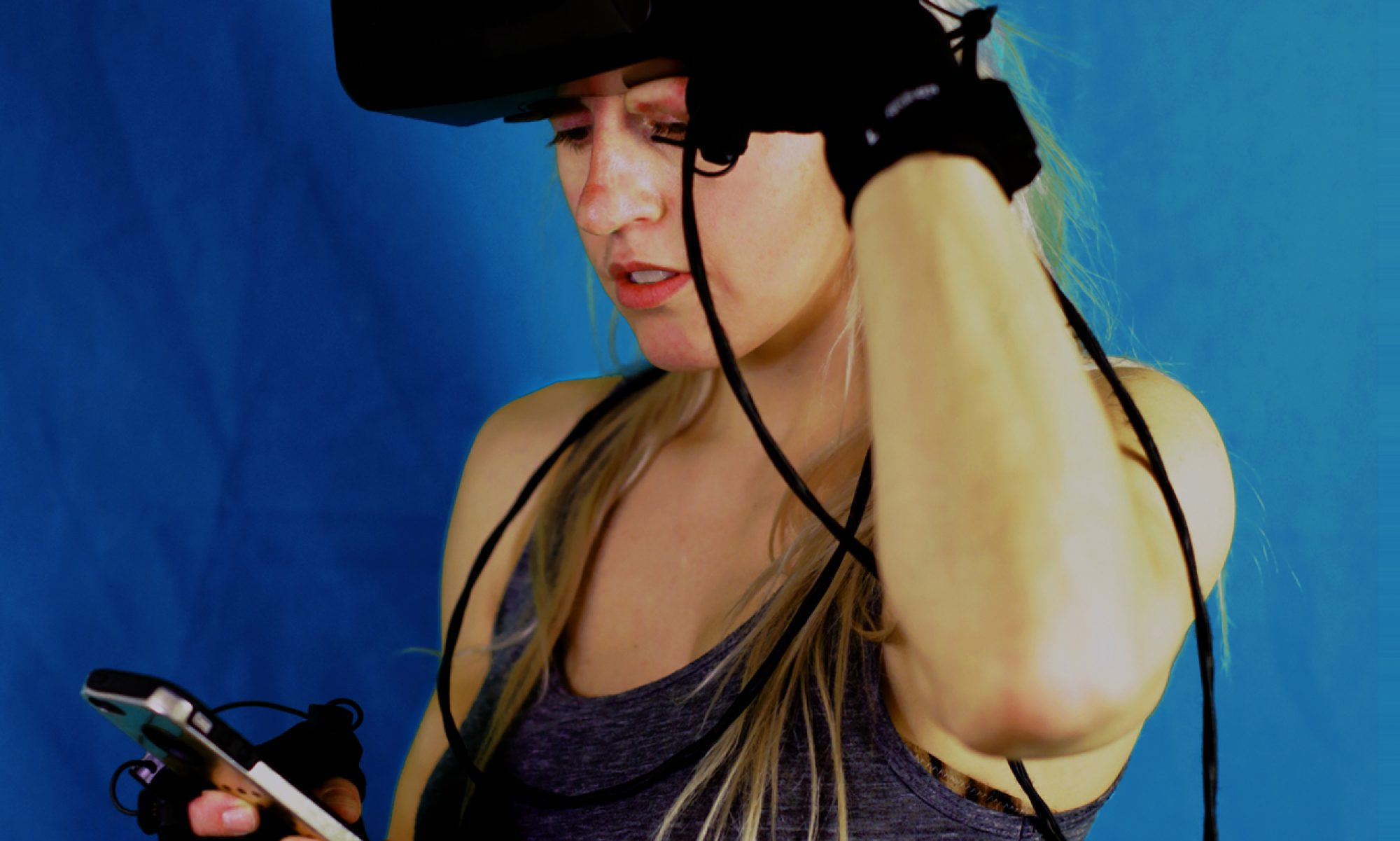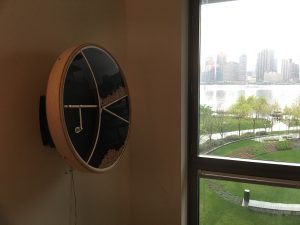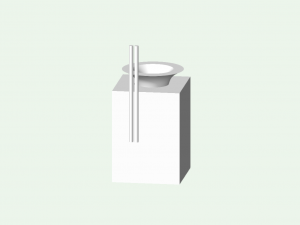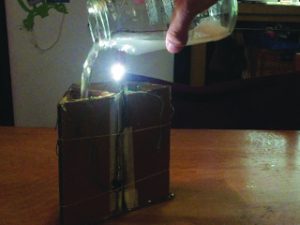Sung Hoon Kim
How can I visualize the time we spend each day on our smartphones in a dynamic and physical way that reminds us of the time not spent doing other things and helps us reflect on the need to make changes in our choices?
Description
On average, Americans use their smartphones 17 times a day, which amounts to about 4.7 hours. If we sleep 8 hours a night, this means that almost 30% of our time awake is spent on a smartphone every day. I’m interested in finding a way to help make us more aware of these 4.7 hours.
A Marble a Minute includes two parts. First part of it is a dynamic wall hanging (24” x 24”) that represents a users’ time spent on their smartphones, showing the aggregation of time spent, minute-by-minute, during each 24-hour period. The wall hanging will be circular in shape, with a wood frame (resembling a clock) that contains 1440 marbles (one for each minute in a day). A horizontal restraining bar in the middle of the wall hanging holds the marbles in the top half of the frame. It releases one marble at a time to represent each minute spent on the smartphone. At the end of each 24-hour period, the wall hanging rotates to bring all of the marbles back to the top half of the frame. The second part of it is an iPhone app for collecting time data and transferring the data to a server that is connected to the wall hanging.
Classes
Project Development Studio (Danny Rozin)



